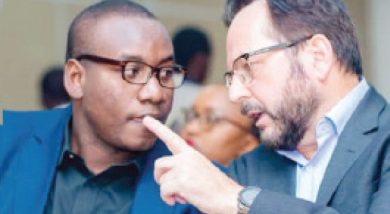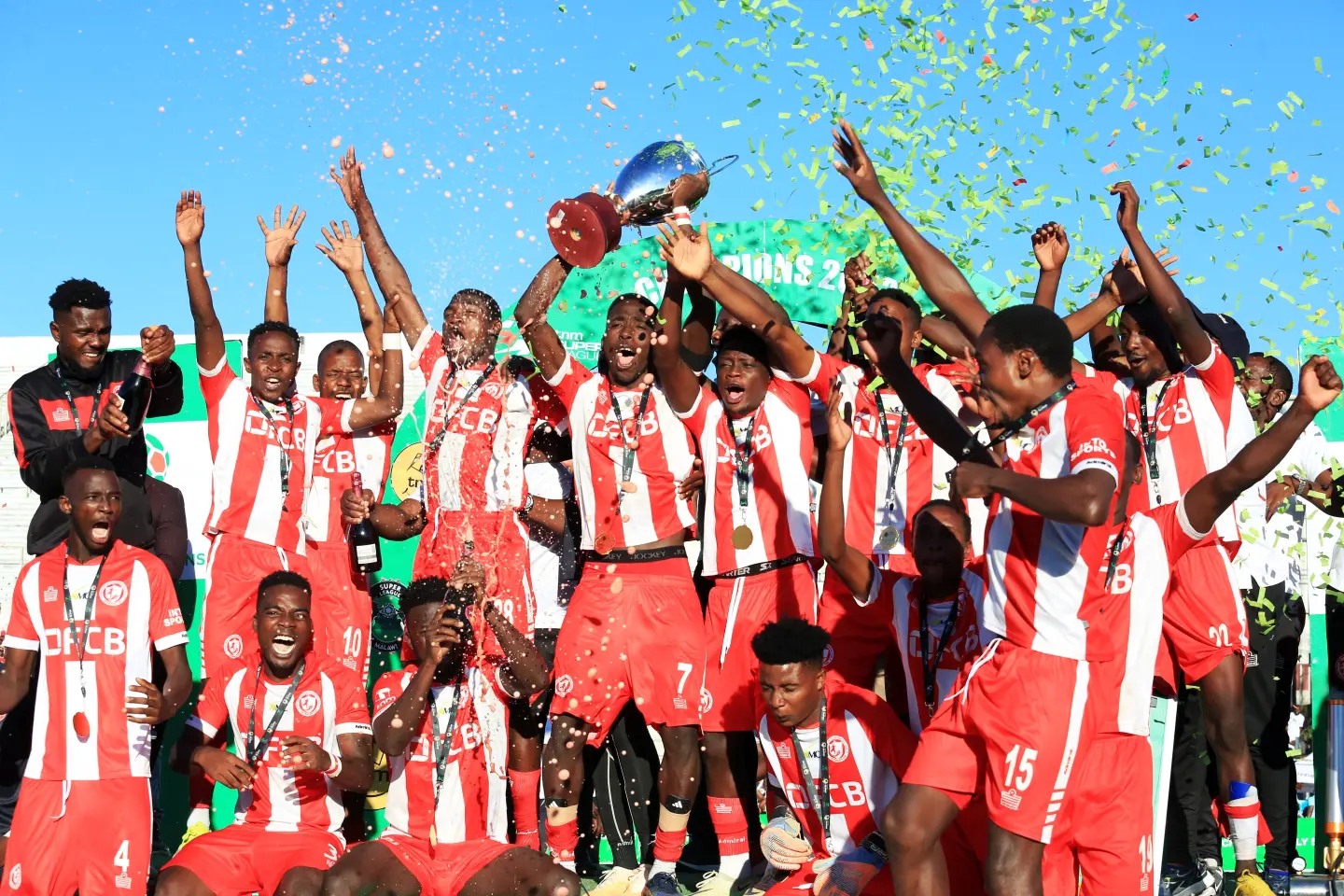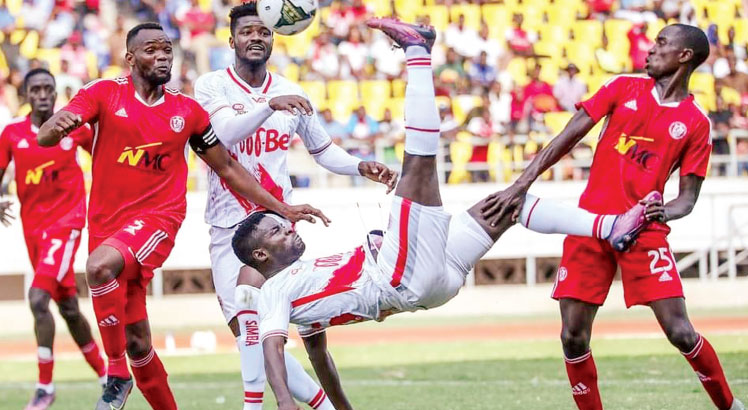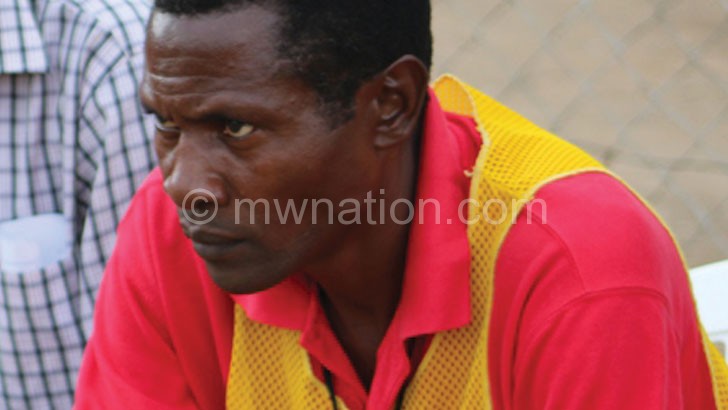Lessons from Cosafa Cup
On Friday afternoon there was no funfair at Chileka Airport for the Flames as they returned from an unsuccessful 2016 Cosafa Castle Cup campaign.
Their 1-0 defeat, the first to Lesotho’s Likuena in 36 years, was a betrayal to football enthusiasts back home who could not fathom how this was possible.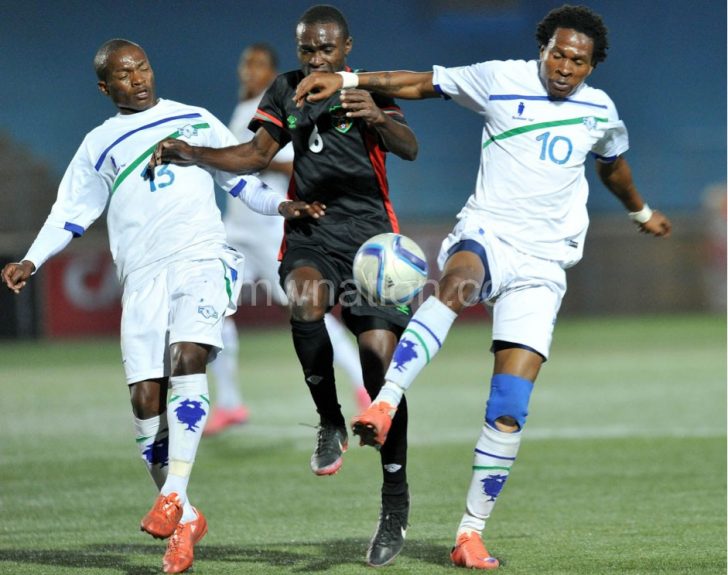
So painful was the loss that came after Malawi had dominated possession the entire match as Lesotho opted to sit back and defend, knowing a draw was enough for them to progress to the quarter-final.
But football is about goals, not showboating. The Flames paid the price for their poor tactical approach to the game. However, the Lesotho debacle was far from an isolated incident.
Malawi’s lack of tactical nous was visible throughout the tournamnet. The technical panel maintained the first 11 in all the three group games despite clear telltale signs of fatigue in some players.
Coach Ernest Mtawali’s first 11 in the opening game against Angola had Charles Swini in goals with Stanley Sanudi and Francis Mlimbika on rightback and leftback position respectively. Miracle Gabeya and Harry Nyirenda played in central defence alternating the sweeper role.
In midfield, the coach had Joseph Kamwendo and Isaac Kaliyati on left and right wings respectively while Gerald Phiri Jnr played central midfield role with Rafiq Namwela stationed just behind strikers Chiukepo Msowoya and Gabadinho Mhango.
The formation worked wonders in the first game against Angola as Malawi launched the campaign with a 3-0 win over the youthful and inexperienced Palancas Negras.
The Flames’ next opponents Mauritius, saw Malawi’s weaknesses and strengths. Malawi’s strength was in defence where it was difficult for opponents to penetrate the last-quarter.
Malawi’ wingers Kamwendo and Kaliyati were always on the prowl, thanks to Phiri and Namwela who were the architects of such attacks by setting loose the wingers. Namwela was particularly dangerous when attcking from from deep while Phiri was also unveiled as Malawi’s set-pieces specialist.
Malawi’s weakness was however, upfront where Mhango and Chiukepo were wasteful. Their positioning was at times awful and they lacked precision and composure.
Unfortnately, coach Mtawali, swayed by the first match performance saw no reason of changing the first team to give Muhammad Sulumba and Peter Wadabwa a chance.
“You don’t change a winning team,” Mtawali argued.
“We knew their game plan was centred on their number 11 who scored a hat trick. We knew we had to man mark him,” Mauritius coach Joe Hurbert Kande said in reference to Gabadinho.
In that game, playing a passing game became completly impossible and Malawi had to switch to long balls in an effort to use bulky Chiukepo.
Malawi had to to rely on a dead ball goal when Gabeya headed in Gerald Phiri’s corner kick.
The Mauritius game was supposed to be a wake-up call for Mtawali to change his approach, but it never happened as he stuck to his guns.
Malawi’s last group B opponents, Lesotho, who also had six points after beating Angola and Mauritius, saw the Flames achilles heels.
Since they only needed a draw to finish top of the group, Likuena simply came to defend. They left striker Thaban-Tso upfront and packed the bus—the Jose Mourinho style.
They let Malawi play around with the ball in their half but defended in numbers once the Flames crossed the half, waiting for a chance to hit the Flames on counter which presented itself in the 83rd minute.
Soccer analyst Charles Nyirenda noted that Malawi’s achilles heel was scoring goals.
He said: “The main reason for the debacle in Namibia was that the team laboured to create clear cut scoring opportunities besides that the choice of some of the players deployed lacked what it takes to succeed at the top level.”


